Get ready to time-travel back to the 12th century – a pivotal era in European history! This period, spanning from 1101 to 1200, witnessed substantial social, political, economic, and intellectual transformations, earning it the title of the “Renaissance of the 12th Century.” This article delves into the exciting events, influential figures, and groundbreaking ideas that made this period so significant. Let’s embark on a journey to uncover how the 12th century shaped our world and continues to influence our understanding of ourselves.
What is the 12th Century?
Imagine Europe buzzing with change—that’s the 12th century in a nutshell! This period, aptly termed the “Renaissance of the 12th Century,” witnessed a revitalization of European culture and intellect. One of the most prominent features of this era was the rise of the Cistercian Order, a monastic group that emphasized simplicity, spirituality, and hard work.
The Cistercians left a lasting impact on the architectural landscape with their magnificent Gothic cathedrals, designed to inspire awe and contemplation. They were also instrumental in preserving knowledge through the creation of illuminated manuscripts – beautifully handwritten books adorned with intricate decorations. These manuscripts, often produced in the quiet confines of monasteries, provide a glimpse into the intellectual and artistic pursuits of the time.
The 12th century also saw a boom in trade and the growth of towns. This led to the emergence of a new “middle class,” which challenged the traditional social order, adding to the dynamism of the era.
Beyond Europe, the Islamic Golden Age was in full swing in Islamic Spain. Scholars made significant strides in astronomy, mathematics, philosophy, and literature, translating ancient texts and laying the groundwork for future scientific discoveries. The knowledge from the Islamic world eventually flowed into Europe, further fueling the intellectual growth of the 12th century.
Why Was the 12th Century a Time of Great Change?
The 12th century was a period of remarkable transformation, fueled by a confluence of factors:
1. The Rise of Universities: Universities, in their nascent form, began to emerge as centers of learning, attracting scholars eager to engage in intellectual discourse and debate. Figures like Peter Abelard, known for his controversial theological views, challenged traditional religious doctrines, encouraging the use of reason and logic in matters of faith.
2. Economic Growth and Social Change: The 12th century witnessed significant economic growth, spurred by increased trade and the rise of towns. This led to the emergence of a new merchant class, which challenged the traditional dominance of the nobility, leading to social and political shifts.
3. Political Transformation: The 12th century saw the development of new political systems. Parliaments and councils began to emerge, giving more people a voice in government. While these systems were far from democratic, they represented a shift towards greater political participation.
4. Global Influences: The Crusades, while often fraught with conflict, facilitated cultural exchange between Europe and the East. Knowledge, goods, and ideas flowed along trade routes like the Silk Road, enriching European society and contributing to its intellectual growth. The Islamic Golden Age, flourishing in Spain, had a particularly profound impact on European intellectual life.
Who Were the Most Influential Figures of the 12th Century?
The 12th century was teeming with influential figures who shaped the course of history. Here are some key individuals:
1. Peter Abelard (1079-1142): A French philosopher and theologian, Abelard was a controversial figure known for his sharp intellect and daring challenges to traditional religious doctrines. His book, “Sic et Non” (“Yes and No”), presented opposing arguments on theological issues, encouraging readers to engage in critical thinking.
2. Hildegard of Bingen (1098-1179): A Benedictine abbess, Hildegard was a true polymath. She was a mystic, writer, composer, healer, and theologian. Her writings covered a wide range of topics, including medicine, nature, and spirituality. Hildegard’s visionary experiences and profound insights made her a respected figure in her time.
3. Eleanor of Aquitaine (1122-1204): One of the most powerful women of the Middle Ages, Eleanor was Queen consort of France and later England. Known for her political acumen and patronage of the arts, she exerted significant influence on the cultural and political landscape of Europe.
4. Frederick Barbarossa (1122-1190): Holy Roman Emperor, Frederick I, better known as Barbarossa (“Red Beard”), was a formidable ruler who sought to expand his power and authority. He engaged in numerous conflicts, including those against Italian cities and the papacy.
5. Gratian (12th century): This jurist monk was instrumental in compiling the “Decretum,” a comprehensive collection of canon law (laws governing the Catholic Church). The “Decretum” became a standard text for centuries, shaping the legal framework of the Church.
What Were the Major Philosophical and Scientific Advancements of the 12th Century?
The 12th century was a time of intellectual ferment, witnessing important philosophical and scientific advancements:
Philosophical Advancements:
- Rediscovery of Classical Texts: The rediscovery and translation of classical Greek and Arabic texts, particularly the works of Aristotle, had a profound impact on philosophical thought.
- Rise of Logic and Reason: Thinkers like Peter Abelard emphasized logic and reason, applying them to theological questions and challenging traditional doctrines.
- Growth of Universities: Universities emerged as centers of intellectual debate, fostering a culture of inquiry and discussion that pushed the boundaries of knowledge.
Scientific Advancements:
- Translation of Scientific Works: Scholars translated numerous scientific texts from Arabic and Greek, making a wealth of knowledge accessible to European scholars.
- Advances in Astronomy and Mathematics: The influx of knowledge from the Islamic world led to important advances in astronomy and mathematics.
- Development of the Astrolabe: The astrolabe, a sophisticated astronomical instrument used for navigation and timekeeping, became more widely used and refined in the 12th century.
- Medical Innovations: The translation of Arabic medical texts led to significant improvements in surgical techniques and a better understanding of human anatomy.
Dig deeper into the details of the 12th century by clicking what year is the 12th century!
Key Takeaways:
The 12th century was a period of extraordinary transformation and growth, marking a pivotal era in European history. The “Renaissance of the 12th Century” encompassed a resurgence of intellectual inquiry, artistic expression, and social change. This era witnessed the emergence of influential figures, groundbreaking ideas, and a renewed interest in classical knowledge. The 12th century laid the foundation for future cultural and intellectual advancements, shaping the world we live in today.
- Discover Long Black Pepper: Flavor & Health Benefits - April 25, 2025
- Shocking Twists: The Grownup Review: Unreliable Narration - April 25, 2025
- A Quiet Place Book vs Movie: A Deep Dive - April 25, 2025
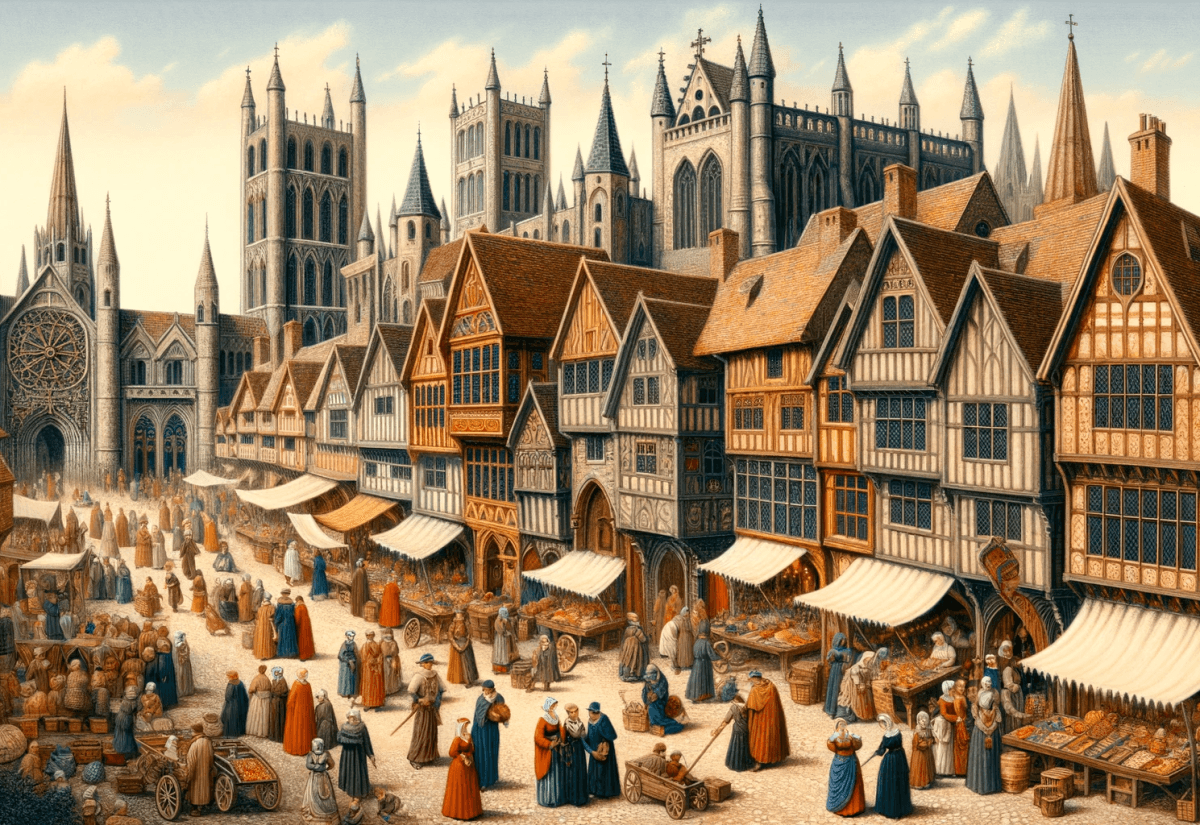
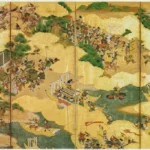

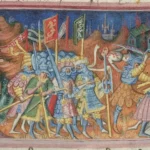
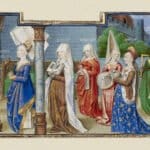
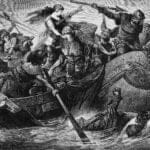











Comments are closed.